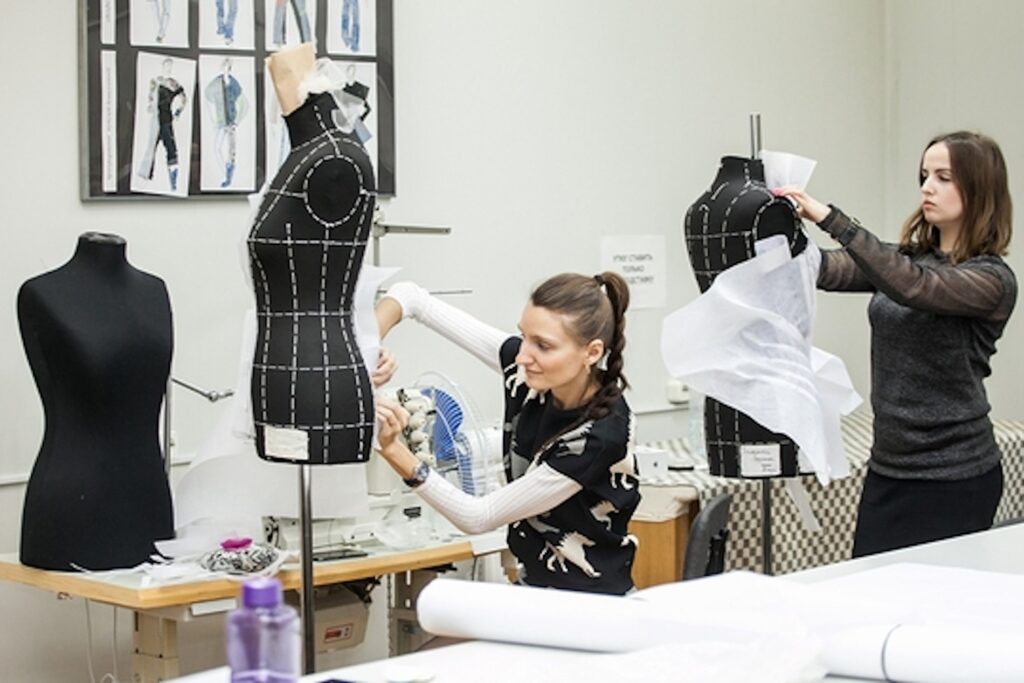Fashion Designer: A Comprehensive Guide to the Role, Skills, and Career Path
Becoming a fashion designer is a dream for many who are passionate about style, creativity, and the art of clothing design. The role of a fashion designer is multifaceted, involving everything from conceptualizing new clothing lines to understanding market trends and working closely with manufacturers. In this comprehensive guide, we will explore what it means to be a fashion designer, the essential skills needed, the educational and career pathways, and much more. Whether you’re considering a career in fashion design or just curious about what the job entails, this article will provide you with valuable insights.
What Is a Fashion Designer?
Role and Responsibilities
A fashion designer creates clothing, accessories, and footwear that reflect both their personal vision and current fashion trends. The job involves:
- Concept Development: Fashion designers start by researching trends, fabrics, and colors to develop a concept for their collections.
- Design Creation: Using sketches and digital tools, they create detailed designs and prototypes.
- Fabric Selection: They choose materials that will be used to bring their designs to life, ensuring they meet both aesthetic and functional requirements.
- Collaboration: Designers work with pattern makers, seamstresses, and other professionals to produce their designs.
- Market Analysis: Understanding market demands and consumer preferences is crucial to creating designs that will appeal to the target audience.
Types of Fashion Designers
Fashion designers can specialize in various areas:
- Haute Couture Designers: Focus on high-end, custom-made garments for a select clientele.
- Ready-to-Wear Designers: Create collections that are mass-produced and available in stores.
- Accessory Designers: Specialize in accessories like bags, shoes, and jewelry.
- Textile Designers: Work on creating new fabrics and patterns used in clothing.
Skills Required for a Fashion Designer
Creativity and Vision
A successful fashion designer must possess a strong sense of creativity and an ability to envision new designs and trends. Creativity is essential for developing unique and innovative clothing lines.
Technical Skills
- Drawing and Sketching: Ability to translate ideas into detailed sketches.
- Pattern Making: Understanding of how to create patterns and prototypes.
- Sewing and Construction: Knowledge of garment construction techniques is crucial for ensuring designs are feasible and wearable.
Business Acumen
- Market Awareness: Understanding fashion trends and consumer preferences.
- Marketing Skills: Ability to promote designs and build a brand.
- Project Management: Managing the production process, from design to final product.
Communication Skills
Fashion designers must communicate effectively with clients, manufacturers, and team members. Strong interpersonal skills help in negotiating contracts, presenting designs, and collaborating with others.
Educational Pathways for Aspiring Fashion Designers
Degrees and Programs
- Associate Degrees: Provide a foundational understanding of fashion design and can lead to entry-level positions.
- Bachelor’s Degrees: Offer comprehensive training in design, pattern making, and textile science. Institutions like the Fashion Institute of Technology (FIT) and Parsons School of Design are renowned for their programs.
- Master’s Degrees: For those looking to advance their careers, a master’s degree can provide specialized knowledge and enhance career prospects.
Certifications and Workshops
- Fashion Design Certifications: Short courses and certifications can offer additional skills and knowledge in areas like digital design and fashion marketing.
- Workshops and Internships: Hands-on experience through internships and workshops can be invaluable for gaining practical skills and industry connections.
Building a Career as a Fashion Designer
Creating a Portfolio
A strong portfolio showcases a designer’s best work and is essential for job applications and client presentations. It should include:
- Design Sketches: Detailed drawings of various designs.
- Completed Garments: Photos or samples of finished clothing.
- Concept Boards: Visual representations of design ideas and inspirations.
Networking and Industry Connections
Networking is crucial for career advancement in fashion design. Attend industry events, join professional organizations, and connect with other designers, manufacturers, and fashion professionals.
Finding Job Opportunities
Fashion designers can find opportunities in:
- Fashion Houses and Brands: Work with established fashion companies or start your own label.
- Freelance Work: Offer design services on a freelance basis.
- Retail and Manufacturing: Collaborate with retail stores or manufacturers to design exclusive collections.
Challenges and Rewards of Being a Fashion Designer
Challenges
- Highly Competitive Industry: Breaking into the fashion industry can be challenging due to high competition.
- Pressure and Deadlines: Designers often work under tight deadlines and may face high-pressure situations.
- Evolving Trends: Keeping up with rapidly changing fashion trends can be demanding.
Rewards
- Creative Fulfillment: Designing clothing and seeing it come to life can be highly rewarding.
- Recognition and Success: Successful designs can lead to recognition in the fashion industry and career growth.
- Impact on Fashion: Fashion designers have the opportunity to influence trends and make a mark on the industry.
FAQs
- What qualifications do I need to become a fashion designer? Most fashion designers hold a degree in fashion design or a related field. Hands-on experience and a strong portfolio are also essential.
- How important is a portfolio for a fashion designer? A portfolio is crucial as it demonstrates your design skills and creativity. It is often the key factor in securing jobs and clients.
- Can I become a fashion designer without a formal education? While formal education provides a strong foundation, practical experience, and a strong portfolio can also lead to success in the industry.
- What skills are most important for a fashion designer? Creativity, technical skills in design and sewing, business acumen, and strong communication skills are all important for a successful fashion designer.
- How do fashion designers stay updated with trends? Fashion designers stay updated by following fashion shows, reading industry publications, attending events, and continuously researching new trends and technologies.



